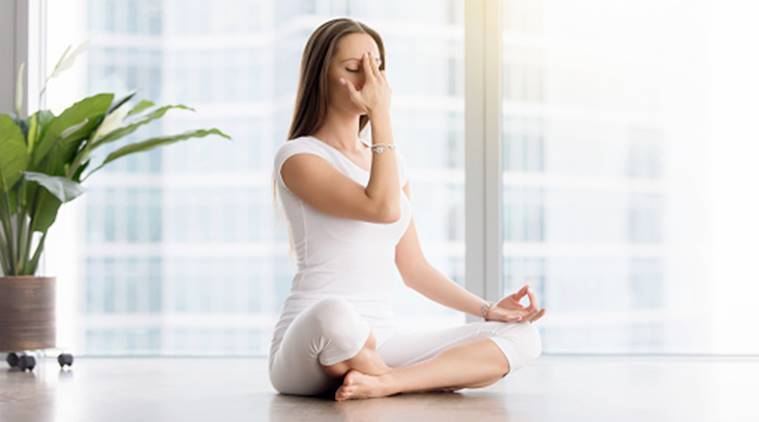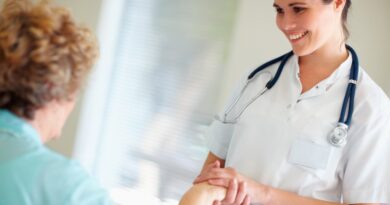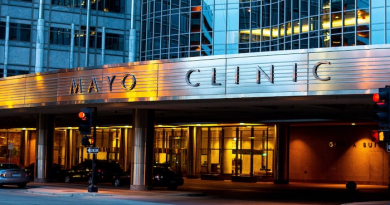What Best Breathing Exercises for COVID-19?
Best Breathing Exercises for COVID-19 in 2022, as many are asking about the best and most successful Breathing exercises that can help your lungs become more efficient and reduce the effects of COVID19 before, during, and after a confirmed diagnosis. Symptoms affecting your airways.
They are also helpful in relieving any stress you may experience during this pandemic.
Table of Contents
Best Breathing Exercises for COVID-19
According to previous reviews about the Best Breathing Exercises for COVID-19, there is evidence that slow breathing techniques affect the parasympathetic nervous system, which can increase our “fight or flight” response during times of stress and also help us calm down.

Benefits of Breathing Exercise
Breathing has been linked to a reduction in anxiety, depression, anger, and confusion. Other methods (like meditation). Another 2017 study by Trust Source looked at diaphragmatic breathing (another way of describing deep breathing exercises) and found that it had the potential to improve cognitive performance and reduce the effects of stress.
Not only do breathing exercises help make your lungs more efficient, but they can also help you manage the physical and mental effects of stress and increase relaxation.
How can breathing exercises help with COVID19?
We keep going on to highlight the Best Breathing Exercises for COVID-19, So here as we know, COVID19 presents itself differently in different people. Inflammation of the lungs and airways are common symptoms that make breathing difficult.
These symptoms can occur with mild, moderate, or severe COVID19.
People who become seriously ill with this viral infection can develop pneumonia as a result, which causes the lungs to fill with fluid and mucus, making it even more difficult to breathe and oxygenate the body.
With chronic obstructive pulmonary disease (COPD) or moderate to severe asthma, you may already have impaired lung capacity and shortness of breath.
These conditions cause chronic pneumonia which can be significantly worse in people who develop COVID19 after becoming infected with SARSCoV2, the virus that causes COVID19 affects the entire respiratory tract and further obstructs airflow.

It can trigger asthma attacks and cause acute respiratory distress syndrome (ACUTE PULMONARY FAILURE).Deep breathing exercises that cleanse the lungs and strengthen lung function can be particularly beneficial for people with these conditions.
Other ways deep breathing can help include:
– Bringing oxygen to the lungs, which helps clear mucus and other fluids.
– Diaphragm, a main breathing muscle located below the lungs.
– Increased lung capacity by bringing much-needed oxygen into your bloodstream.
– making you feel calmer, which can be beneficial in dealing with a prolonged illness and in your recovery.
Can breathing techniques help prevent a SARS-CoV2 infection?
Can breathing techniques help prevent SARSCoV2 infection? Breathing exercises do not prevent COVID19 and should not be used in place of wearing a mask, social distancing, or vaccination.
However, breathing exercises can help strengthen the lungs, which may reduce the impact of COVID19 in a 2019 systematic review and meta-analysis.
One reliable source of 19 randomized controlled trials found that breathing techniques such as pursed-lip breathing reduced shortness of breath. Breathing exercises also improve lung ventilation, which is the lungs’ ability to expel carbon dioxide and stale air.
Puckered Lips Breathing
Puckered lips breathing brings more oxygen to the lungs than normal breathing. It also keeps your airways open longer by reducing the number of breaths per minute.
Follow these steps to try tip-top breathing:
– Relax in a sitting position and relax your neck and shoulder muscles.
– With your mouth closed, breathe in slowly through your nose for a few seconds. (The nose warms and humidifies the air before it reaches the lungs; inhaling through your mouth is not like blowing out a candle. Keep your lips closed and slowly exhale all of the air from your lungs.
– Try Exhale through a higher number of counts than you inhaled.
– Repeat Aerobic Exercise Several Times Any form of energetic exercise that makes you breathe faster is essentially a breathing exercise.
– These include: brisk walking, running, swimming, any activity that increases your heart rate and breathing rate.
the best defense against COVID19 in case of contagion with the coronavirus that causes the viral infection.

The Best Breathing Exercises When You Have an Acute Case of COVID19 COVID19 is a respiratory disease caused by a coronavirus.
According to the Centers for Disease Control and Prevention (CDC), the most common symptoms of COVID19 are: fever with or without chills, muscle pain, headache, sore throat, nausea, vomiting or diarrhea, fatigue, congestion If you have shortness of breath, irregular heartbeat, or chest pain at rest, exercise may make your symptoms worse.
In addition to lip breathing, other breathing exercises can also help you recover from COVID19. Practitioners found that qigong, a practice that uses deep breathing and slow movements, improves lung function and capacity in people with COVID19.
Qigong Abdominal Breathing (Diaphragmatic Breathing)
1- You can do this exercise sitting or lying down.
2- Relax the face, neck, jaw and shoulder muscles.
3- Place the tip of the tongue behind the upper front teeth.
4- Straighten your back. Close your eyes.
5- Breathe normally for a few minutes.
6- Place one hand on your chest and the other on your lower abdomen.
7- Take a deep breath through your nose and feel your chest and ribs expand as you inhale.
8- The belly should expand outward against the hand.
9- Exhale and feel your stomach contract gently inward.
10- In this way, inhale slowly and deeply nine to ten times.
Best Breathing Exercises For Long-Term COVID
If you live with long-term COVID19, symptoms can still appear for weeks or months after the infection. These symptoms vary, but can include:
– shortness of breath
– shortness of breath
– difficulty exercising
– brain fog
– cough
– lack of sense of taste or smell
– muscle or joint aches
– Chest pain
– Headache
– Occasional fever
Breathing exercises may help improve symptoms of long-term COVID. They can also help reduce persistent stress and anxiety caused by COVID19 symptoms.
Yawning with a Smile
This breathing exercise opens the chest muscles so that the diaphragm can fully expand. It also strengthens the muscles of the arms and shoulders.
1- You should feel the muscles in your back stretch.
2- With your arms at shoulder level, open your mouth wide as if yawning.
3- Bring your arms back so they rest on your thighs as you turn your yawn into a smile.
Read Also:
HIIT Exercises Benefit People –Healthyworthy
Humming on Exhale
Humming, like the “Om” in yoga, can help supply oxygen to the lungs with every breath. Many also find it can be relaxing. Here are the steps for this exercise:
1- Sit up straight with your back straight.
2- each hand on the sides of the lower abdomen.
3- Keeping your lips closed, gently place your tongue on the roof of your mouth.
4- Breathe in deeply and slowly through your nose, keeping your lips closed and your tongue in place.
5- Spread your fingers wide. on your stomach when it expands.
6- Keep your shoulders relaxed.Don’t let them open.
7- Once your lungs feel full, exhale while humming. Be sure to keep your lips closed.
8- Repeat several breaths.
Thus, As a final word from “healthyworthy.com”, we have mentioned in details the Best Breathing Exercises for COVID-19 in 2022, So you can get the best benefits possible.




